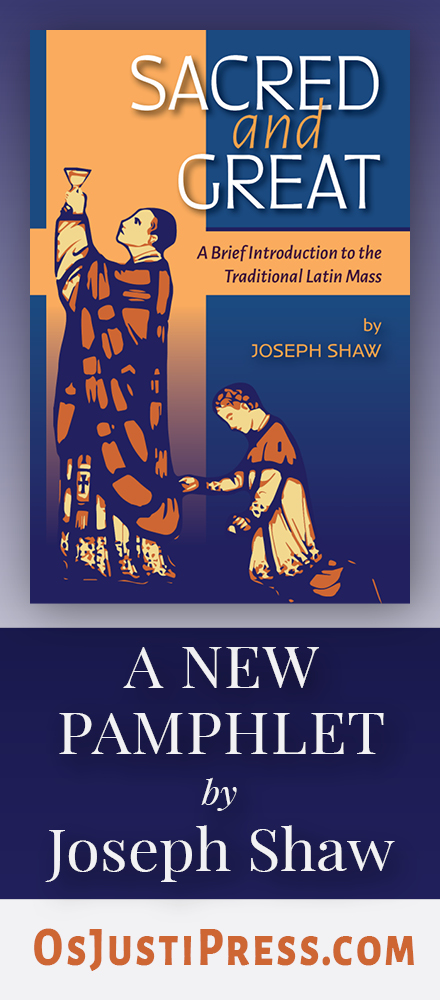It is gratifying to see this article in Episcopal Life, which I found only because my Episcopal friends were startled to see me quoted! In any case, it is a very nice piece.
It doesn't have much of a beat, the kids can't dance to it, and it's sung in a dead language, but Gregorian chant seems to be the hottest thing in sacred music right now.
Nearly 200 scholas -- choirs that sing plainsong -- have emerged around the country, many in the last five years, according to the Church Music Association of America. Sacred music seminars that once drew few people now lure musical directors, organists and singers who want to learn more about Gregorian chant, said CMAA president William Mahrt.
Religious publishers are stocking and selling large collections of plainsong books and music. Paraclete Press, the Massachusetts publishing house of the Community of Jesus, a monastic, Christian community in the Benedictine tradition, sold 5,000 copies of its "Gregorian Melodies" CD in the first half of this year -- more than it did all of last year.
The style of chant is named for the sainted Pope Gregory I (circa A.D. 540–604) in what was probably an early exercise in brand marketing. Musicologists say the pope most likely didn't invent plainsong, but his name was used to help it spread from monastery to monastery in medieval Europe.
Written records of Gregorian chant date to the 10th century. Over the years, plainsongs' unadorned melodies, sung in Latin to an uneven meter, became somehow suggestive of high religiosity.
"It has an inner pulse like a heart beat, but it doesn't have a regular rhythm," said Jeffrey Tucker, managing editor of the magazine Sacred Music. "The effect is like musical incense. It's always sort of floating and rising."




















